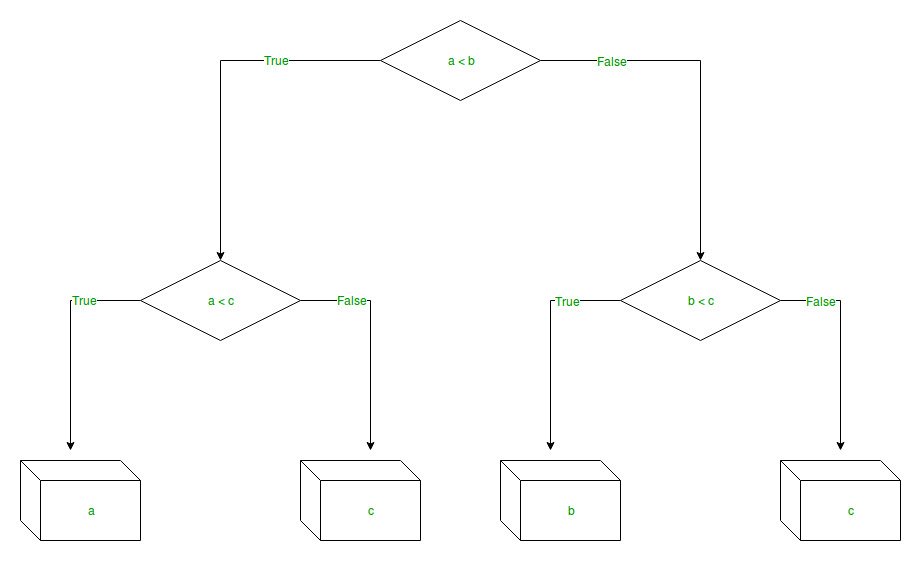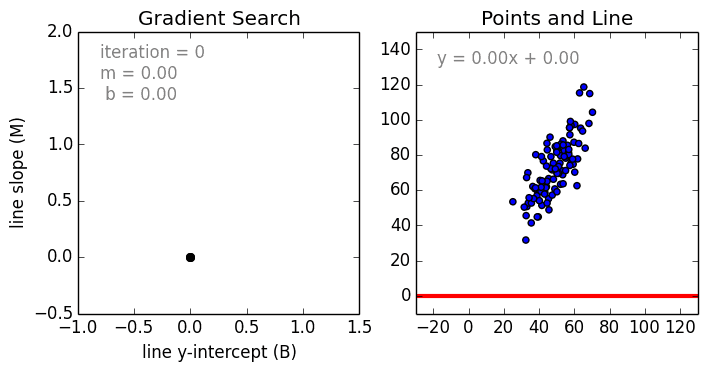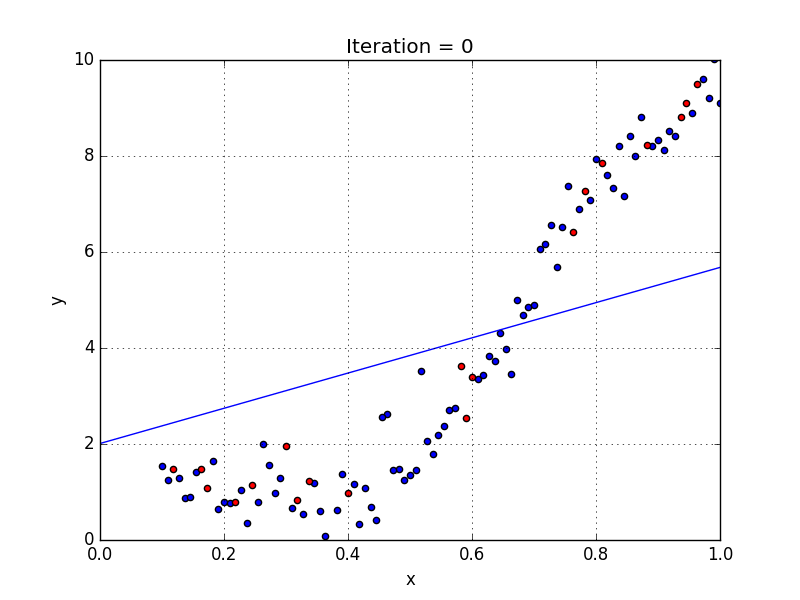Support Vector Machine
Application support vetor machine:
- Face detection
- Text and hyper text categorization
- classification of image
- Bioinformatics
Why support vetor machine ?
why not build model which can predict an unknown data ?
This is "Support Vector Machine"
SVM is supervised learning method look at data and sorts into one of the two categories.
But how does the predict work ?
- Label sample data
- Decision biundary
- Add new data(Unlabel)
- Plotting new data
- Predict the unknown
- Output
Example :
We are given a set of people with different,
- Height
- Weight
Sample data set Female Male
Let's add a new data point and figure out if it's a male or female ? we can split our data by choosing any of these line. But to predict the gender of a new data point we should plit the data in the best possible way. The line has the maximum space that separate the two classes. That is why this line best split the data. Well yes...This the best split! In technical terms, we can say that the distance between the support vector and hyperplane should be as far as possible. Where support vectors are the extreme points in the datasets. Any hyperplane has the maximum distance to the support.
Here, D+ is the shortest distance to the closest positive point. D- is the shortest distance to the closest negative point. Sum of D+ and D- is called the diance margin. from the distance margin, we get the optimal hyperplane. That was so clear! But what happens if a hyperplane is not optimal ?. If we select a hyperplane having low margin then there is high chance to misclassification. What we discussed so far, is also called as LSVM.
Advantages of support vector machine:
- High diamentional input space
- sparse document vectors
- regularization parameter












